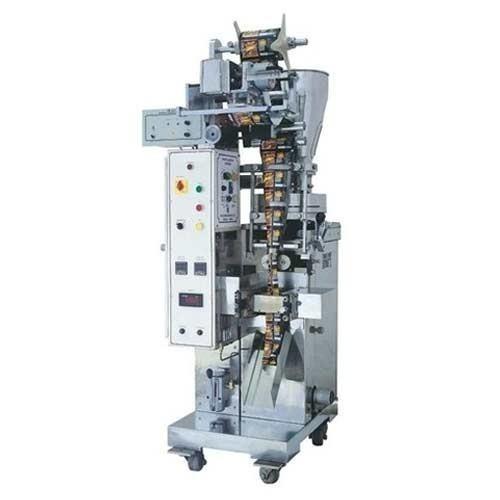Choosing the right pouch packaging machine is crucial for businesses across various industries, including food and beverage, pharmaceuticals, cosmetics, and household products. Here are some key factors to consider when selecting a pouch packaging machine for your business:
- Pouch Type and Size:
- Determine the type of pouches you need, such as flat pouches, stand-up pouches, zip-lock pouches, or spout pouches. Consider the size, shape, and material of the pouches based on your product specifications and packaging requirements.
- Packaging Capacity:
- Evaluate your production capacity and choose a machine that can handle the desired volume of pouch packaging per day or per hour. Consider factors like filling speed, sealing capacity, and throughput to meet demand efficiently.
- Packaging Material:
- Ensure that the machine is compatible with the packaging materials suitable for your products, such as laminated films, aluminum foil, plastic films, or biodegradable materials. Consider factors like barrier properties, product protection, and sustainability.
- Sealing Mechanism:
- Check the sealing mechanism offered by the machine, such as heat sealing, ultrasonic sealing, or impulse sealing, to ensure secure and airtight seals that maintain product freshness and integrity.
- Product Handling:
- Consider the handling capabilities of the machine for your specific products, such as powders, liquids, granules, or solids. Look for features like adjustable filling volumes, gentle product handling, and automatic feeding systems to minimize product waste and ensure accurate filling.
- Automation Level:
- Choose the appropriate level of automation based on your production scale and operational requirements. Options range from manual machines for small batches to fully automatic machines for high-speed production lines.
- Pouch Features:
- Decide on additional pouch features you may need, such as resealable closures, tear notches, printing or labeling capabilities, and tamper-evident seals, to enhance product convenience, branding, and shelf appeal.
- Hygiene and Sanitation:
- Prioritize machines with hygienic design features, easy cleaning procedures, and materials compliant with food safety standards to ensure product safety and regulatory compliance.
- Energy Efficiency:
- Consider machines with energy-saving features, such as efficient heating elements, servo motors, and automatic power-off functions, to reduce energy consumption and operational costs.
- Maintenance and Serviceability:
- Evaluate the ease of maintenance, availability of spare parts, and technical support provided by the supplier to minimize downtime, address any issues promptly, and extend the machine's lifespan.





Comments